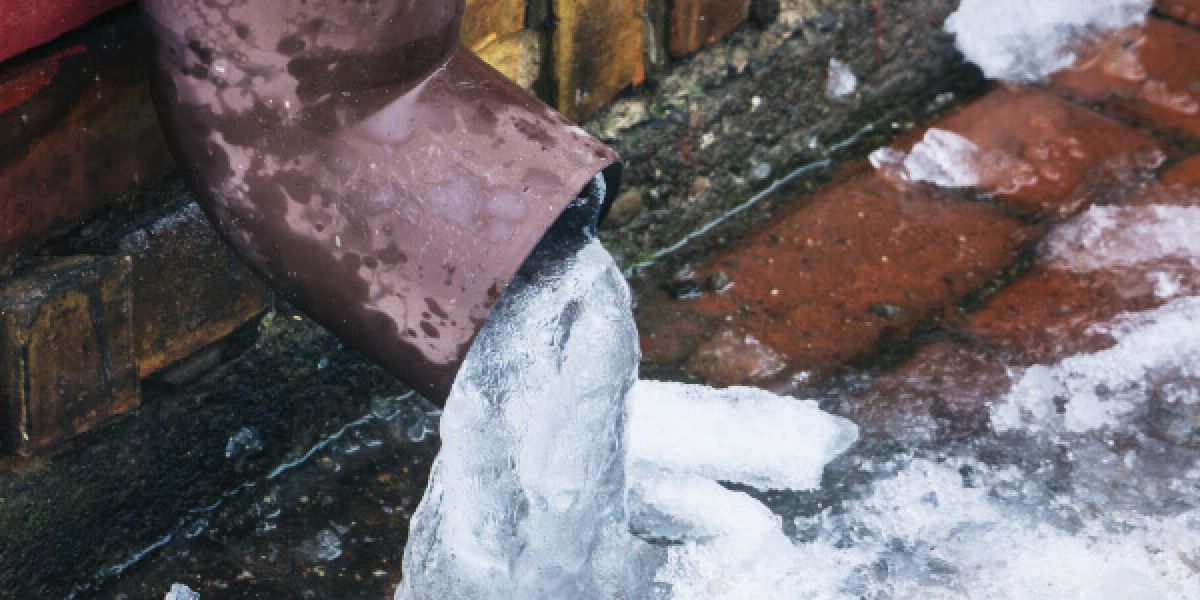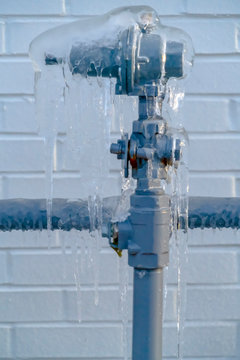Ways to Safeguard Your Plumbing from Freezing: Key Advice
Ways to Safeguard Your Plumbing from Freezing: Key Advice
Blog Article
Are you searching for additional info involving How to Prevent Your Pipes From Freezing?

Winter can ruin your plumbing, particularly by freezing pipelines. Below's how to prevent it from happening and what to do if it does.
Intro
As temperatures decrease, the threat of icy pipelines increases, possibly resulting in expensive fixings and water damage. Comprehending just how to stop icy pipelines is vital for house owners in cold environments.
Understanding Icy Pipes
What triggers pipes to freeze?
Pipelines freeze when revealed to temperatures listed below 32 ° F (0 ° C) for expanded periods. As water inside the pipelines ices up, it expands, putting pressure on the pipeline walls and possibly creating them to burst.
Risks and damages
Icy pipelines can lead to water system disturbances, home damage, and costly fixings. Ruptured pipelines can flooding homes and create considerable architectural damages.
Indicators of Frozen Piping
Recognizing icy pipes early can stop them from bursting.
Exactly how to determine frozen pipes
Look for decreased water flow from taps, unusual odors or sounds from pipelines, and noticeable frost on exposed pipelines.
Avoidance Tips
Insulating at risk pipelines
Cover pipes in insulation sleeves or make use of warmth tape to safeguard them from freezing temperature levels. Focus on pipelines in unheated or outside locations of the home.
Heating methods
Keep indoor rooms effectively heated, especially locations with plumbing. Open up cabinet doors to enable cozy air to circulate around pipelines under sinks.
Shielding Outdoor Plumbing
Yard tubes and outdoor faucets
Detach and drain pipes yard hoses before winter season. Set up frost-proof faucets or cover exterior taps with shielded caps.
What to Do If Your Pipelines Freeze
Immediate activities to take
If you believe icy pipelines, maintain taps available to soothe stress as the ice thaws. Utilize a hairdryer or towels soaked in hot water to thaw pipes gradually.
Long-Term Solutions
Architectural changes
Consider rerouting pipelines far from exterior walls or unheated locations. Include extra insulation to attic rooms, cellars, and crawl spaces.
Upgrading insulation
Purchase premium insulation for pipes, attic rooms, and walls. Appropriate insulation aids preserve constant temperatures and decreases the threat of icy pipes.
Conclusion
Preventing icy pipes requires proactive steps and quick feedbacks. By understanding the causes, signs, and safety nets, homeowners can shield their pipes throughout cold weather.
5 Ways to Prevent Frozen Pipes
Drain Outdoor Faucets and Disconnect Hoses
First, close the shut-off valve that controls the flow of water in the pipe to your outdoor faucet. Then, head outside to disconnect and drain your hose and open the outdoor faucet to allow the water to completely drain out of the line. Turn off the faucet when done. Finally, head back to the shut-off valve and drain the remaining water inside the pipe into a bucket or container. Additionally, if you have a home irrigation system, you should consider hiring an expert to clear the system of water each year.
Insulate Pipes
One of the best and most cost-effective methods for preventing frozen water pipes is to wrap your pipes with insulation. This is especially important for areas in your home that aren’t exposed to heat, such as an attic. We suggest using foam sleeves, which can typically be found at your local hardware store.
Keep Heat Running at 65
Your pipes are located inside your walls, and the temperature there is much colder than the rest of the house. To prevent your pipes from freezing, The Insurance Information Institute suggests that you keep your home heated to at least 65 degrees, even when traveling. You may want to invest in smart devices that can keep an eye on the temperature in your home while you’re away.
Leave Water Dripping
Moving water — even a small trickle — can prevent ice from forming inside your pipes. When freezing temps are imminent, start a drip of water from all faucets that serve exposed pipes. Leaving a few faucets running will also help relieve pressure inside the pipes and help prevent a rupture if the water inside freezes.
Open Cupboard Doors
Warm your kitchen and bathroom pipes by opening cupboards and vanities. You should also leave your interior doors ajar to help warm air circulate evenly throughout your home.

I recently found that content about Helpful Tips to Prevent Frozen Pipes this Winter when exploring the internet. So long as you enjoyed reading our post if you please do not forget to share it. Thanks a lot for your time spent reading it.
More Details Report this page